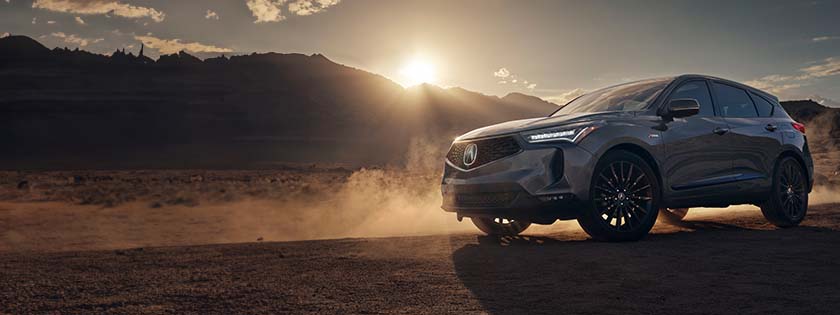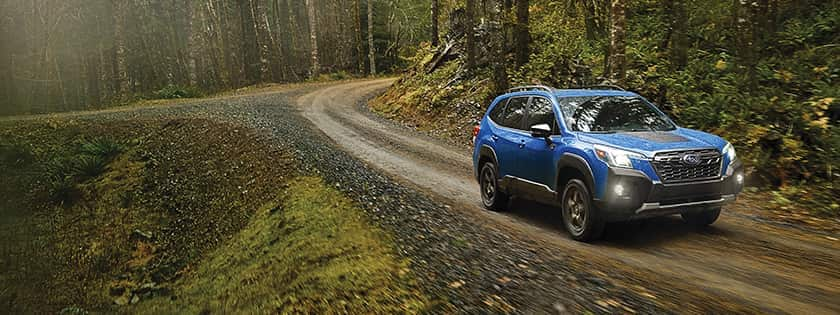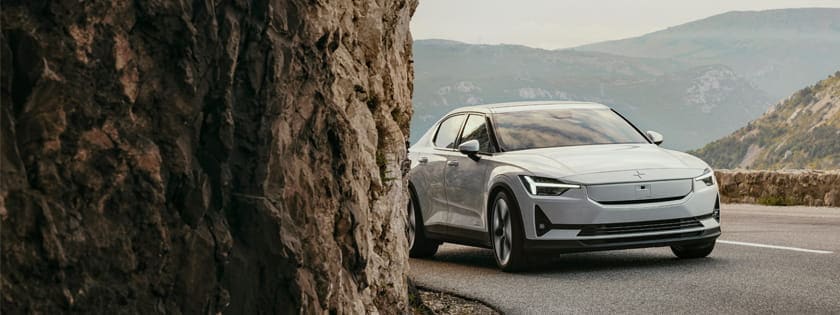- The 2022 BMW iX xDrive50 bested its EPA range by a whopping 62 miles in Edmunds' real-world EV range test, setting a new electric-SUV range record in the process.
- The iX also consumed less energy per hundred miles than any other electric midsize SUV and even some smaller EVs.
- Like the i4, the iX uses unique motors that BMW cooked up in-house — a brushed AC synchronous design that eschews rare earth metals and thus avoids dependency on this volatile supply chain.
TESTED: 2022 BMW iX SUV Crushes EPA Range Estimate in the Real World
There's a new No. 1 electric SUV on our leaderboard
A few months back we range-tested BMW's i4 compact sedan, which is essentially an electrified version of the 4 Series Gran Coupe. We were pretty impressed by its real-world range, especially considering that it's packing 536 horsepower. But BMW also recently introduced its first all-electric SUV, the 2022 iX. Unlike the i4, the iX is not an existing conventional car that's been gutted and stuffed with batteries and electric motors. This is a purpose-built, carbon-fiber-infused master class of BMW technology that happens to look like a sensible, suburban-friendly midsize SUV.
One thing the iX does have in common with the i4 is its use of groundbreaking brushed current-excited AC synchronous motors. These motors are a departure from EV convention in that they do not require any rare earth metals (permanent magnets) to function, which is a big deal given that most EVs in the near future will be dependent on this volatile supply chain. Instead, the BMW motors generate their electromagnetic field using DC current from the batteries. For all you EV nerds who are wondering how these motors differ from the asynchronous induction motors that Tesla has used, the BMW's motors are smaller in size and weight, yet they offer greater power density and efficiency while delivering more precise operation at lower speeds.
Did we mention that the iX cranks out 516 horsepower and 564 lb-ft of torque? Yeah, that's pretty cool too. But we're talking range in this test, specifically the real-world kind. With its 106.3-kWh battery and optional 22-inch wheels, our iX xDrive50 test vehicle had an EPA-estimated range of 315 miles. Would this projection prove prescient on Edmunds' real-world EV range loop? Let's find out.
Am I Ready for an EV?
- EV ownership works best if you can charge (240V) at home or at work This typically means a 240V home installation, but you could also have a similar setup at your office or other places your car is already parked for several hours each day. Don't expect a regular household outlet (120V) to suffice unless you've got a plug-in hybrid, in which case overnight charging at home is feasible.
- If you can’t charge at home, charging at a charging station could take at least 10x longer than at a gas station With public charging infrastructure still in its infancy, the user experience can be maddeningly inconsistent. Tesla owners tend to rave about the reliability and speed of the company's proprietary Supercharger stations, but rival DC fast options have thus far been plagued by technical issues and overcrowding. It's an evolving landscape and our best advice is to do your research on the available options for the EV you want to buy.
- Adding a 240V home charging system could cost up to $1,600 or more If your existing electrical service can handle the additional demands of EV charging, you may be able to add Level 2 charging at home for less than a grand, including installation. But your costs will multiply if you need to upgrade your electrical panel or add a dedicated circuit.
Testing the iX in the real world
Edmunds tests every new electric vehicle on the same real-world driving loop to see just how far it can travel from a full charge down to zero miles remaining. If you scroll through our EV range leaderboard, you'll see that most EVs have matched or exceeded their EPA range estimates in our testing. Much of that has to do with our ability to test in near ideal conditions year-round.
Our iX xDrive50 test car was equipped to the nines with nearly every package and option, less BMW's laser headlights. Adding the Sport package bumped our standard 20-inch wheels up to 22-inchers wrapped in summer tires (Bridgestone Alenza 275/40 R22) and inflated to the factory-recommended pressures of 39 psi and 46 psi front and rear, respectively. The big wheels are where our iX's specific 315-mile EPA estimate comes from; had we tested one with the standard 20s, the EPA projection would have jumped to 324 miles. Our configuration carries an EPA consumption estimate of 39 kWh/100 miles, which is surprisingly efficient for something this big.
At the test track, we weighed in our iX at 5,707 pounds, which is almost exactly 400 pounds more than a BMW X5 M with its twin-turbo V8 and a full tank of fuel (5,309 pounds).
Drumroll, please. Over the course of a full day of driving our 2022 BMW iX at an ideal average temperature of 73 degrees, we managed to travel a total of 377 miles. As of this writing, that's the fourth-best range number ever recorded in Edmunds' EV testing. What's more, it's 33 miles clear of the previous electric-SUV champ, the Ford Mustang Mach-E California Route 1 (344 miles). Our VBox GPS data logger showed the iX's trip meter to be accurate to the mile, so this result is fully vetted. At 62 miles more than the EPA estimate, it's a laudable 19.7% improvement, topping even the BMW i4, which outperformed its estimate by 18.1%.
So how much did those 377 miles cost?
While the total range of a vehicle continues to dominate the EV conversation and will likely be a popular talking point for the iX, energy consumption is an important factor as well. Energy consumption is what determines how much your miles will cost you. The unit of measurement for consumption, the kilowatt-hour, can be thought of as the EV equivalent of a gallon of gasoline. Just like gas, the price of electricity varies depending on where you live. For example, you'll pay about 10 cents per kWh in Idaho as of this writing, whereas in Hawaii it'll run you about 42 cents.
So, what can BMW owners expect to pay at "the pump"? After charging the battery back to full, we calculated an impressive Edmunds consumption rate of 32 kWh/100 miles, which is 18.0% more efficient than the EPA estimate of 39 kWh/100 miles and even bests some smaller vehicles, including the all-wheel-drive Ford Mustang Mach-E and BMW's own i4. Based on that 32-kWh/100-mile consumption rate, if we lived in Hawaii, our 377-mile trip in the iX would have cost us $50.67, while if we lived in Idaho, that same trip would have cost just $12.06.
If we compare the iX to its most efficient competition, the Tesla Model X Long Range (35 kWh/100 miles), the same 377 miles in the Tesla would have cost $55.42 in Hawaii and $13.20 in Idaho. The least efficient SUV we've tested, the Audi e-tron (38.4 kWh/100), would have cost $60.80 and $14.48, respectively. It's worth noting that none of the current EV SUVs can match the iX on range, so putting aside efficiency, being able to cover this kind of distance on a single charge is a major differentiating factor.
How about a gasoline-powered equivalent? We mentioned the X5 M earlier, but since there is an M version of the iX heading our way soon, the X5 M50i is a better matchup for our mainstream iX in terms of price and performance. The X5 M50i is a much more traditional midsize SUV in that its passenger cabin structure isn't made from carbon fiber and it has a 4.4-liter twin-turbo V8 engine producing 523 horsepower and 553 lb-ft of torque. Premium fuel is required to make that kind of power, and the X5 M50i is estimated to return 18 mpg in combined driving. That's not bad for such a powerful gasoline engine, but driving the X5 M50i for 377 miles would have set us back $126.92 in Hawaii ($6.06 per gallon) and $117.29 in Idaho ($5.60 per gallon) at current prices, assuming we got 18 mpg.
Based on these numbers, you could save an estimated $1,754 per year in Hawaii and an eyebrow-raising $2,727 per year in Idaho by driving an iX for 10,000 miles instead of an X5 M50i. Comparing their manufacturer's suggested retail prices, the iX carries a premium of only $400, and that's before you factor in any available tax credits, of which the full $7,500 federal one is still active for BMW EVs. We aren't going to pretend we're not living in an age of crazy dealer markups, especially for new EVs. But the numbers on paper make the iX a no-brainer if you're looking for a midsize SUV and have the ability to switch to electric.
For more information on how we test EV range and how each vehicle performed, we invite you to visit our Real World vs. EPA testing page, which includes both our EV range leaderboard and a table with detailed test results. Our EV range leaderboard is embeddable and will automatically update every time we add a new vehicle.
Edmunds says
The 2022 BMW iX xDrive50 didn't just outperform its EPA range and efficiency estimates; it proved itself to be the most efficient electric midsize SUV we've tested to date. We were surprised to find that it was more efficient than some smaller EVs, too. On the heels of the i4's impressive results, the iX's performance is further evidence that BMW's motor and battery design works remarkably well in real-world driving. We're looking forward to testing more versions of BMW's new electrified vehicles in the near future. For our latest comprehensive ratings of all electric vehicles, head over to Edmunds' EV rankings page.

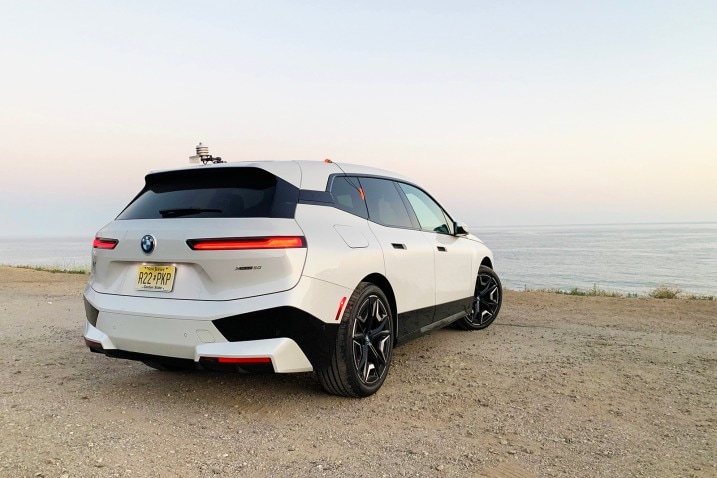
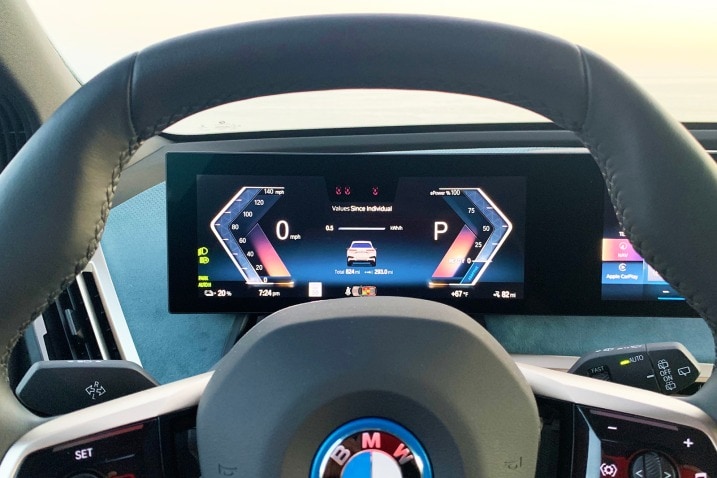
 by
by 